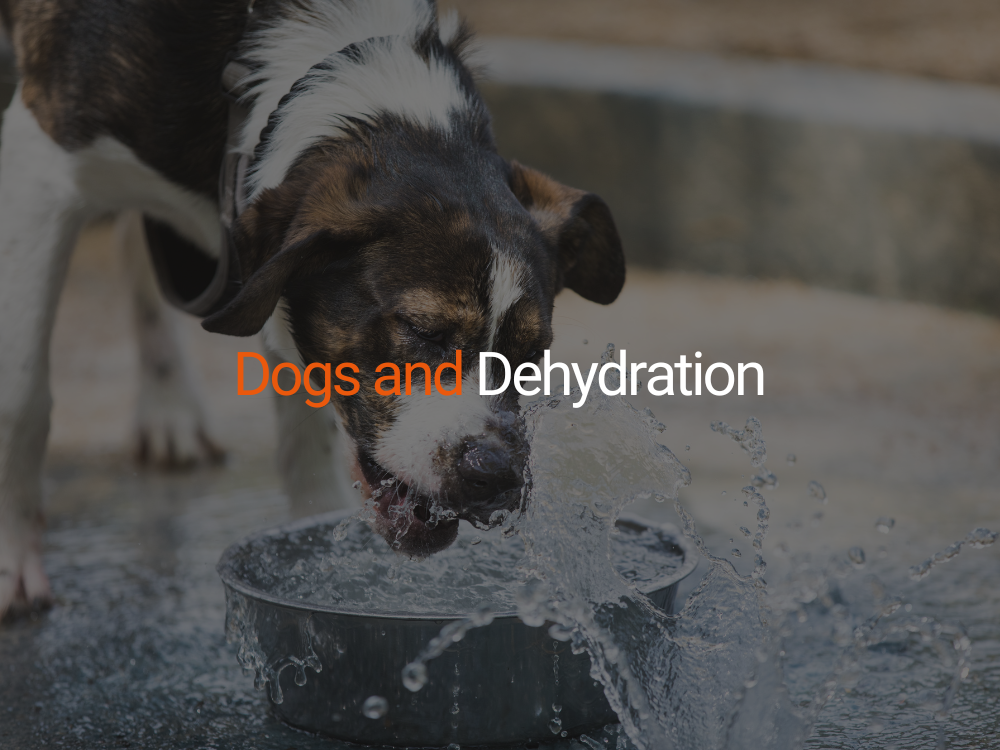What the Science Says About Managing Headshaking in Horses.
Headshaking can be a distressing and unpredictable condition—making horses toss or flip their heads repeatedly, often without warning. For riders and owners, it can be frustrating and even dangerous. While there’s no single cure, there are some products that can help.
But not all Muzzle Nets are created equal. In this study, researchers set out to test just how effective these nets really are—and which designs work best. The results? Our very own Equilibrium Muzzle Net was among the top performers.
What Is Headshaking—and Why Do Nose Nets Help?
Headshaking is a clinical symptom, not a diagnosis. It can stem from various causes, but one of the most common is thought to be trigeminal-mediated headshaking—a condition where the horse’s facial nerve becomes hypersensitive. This can lead to discomfort triggered by sunlight, wind, exercise, or even changes in air pressure [Madigan et al., 1995].
The behaviours often include:
Vertical or side-to-side head tossing
Nose flipping
Violent reactions resembling a “bee flying up the nose”
Snorting, sneezing, or rubbing the nose on objects
The Research: Comparing Nose Net Designs in the Field
In a 2003 study published in the Veterinary Record, researchers Mills and Taylor assessed the effectiveness of three different muzzle nets:
A traditional full net that covers the whole muzzle
Half Net A, with a snug, adjustable fit (the Muzzle Net we offer)
Half Net B, a similar design but with an elasticated hem
Over a series of weeks, 36 horses with confirmed headshaking were trialled using each net. Owners recorded symptom changes on a detailed assessment sheet.
What the Study Found – Half Net A in the Spotlight
Feature
Half Net A
Half Net B
Full Net
Overall improvement
79% ✅
76%
68%
At least 50% improvement
76% ✅
69%
65%
At least 70% improvement
36%
35%
30%
“Bee up the nose” symptom (≥70%)
50.0% ✅
55.6% ✅
34.5% ❌
Helped nose rubbing when standing still (50%+ improvement)
✅ Only net to do so
✖
✖
Appearance rating
Good
Good
Poor
Ease of use
Easy
Easy
Easy
Why Half Net A Is a Proven Choice
Out of all the designs tested, Half Net A emerged as one of the most consistently effective, particularly for:
Reducing up-and-down headshaking
Controlling the intense “bee up the nose” reactions
Minimising nose flipping and rubbing behaviours, both while moving and stationary
It was also the only net to show significant improvement in nose rubbing when the horse was standing still.
The Science Behind Nose Nets
The prevailing theory is that nose nets offer tactile stimulation to the sensitive nerve endings in the front of the horse’s muzzle. This mild sensory input may help modulate or “distract” the overactive signals in the trigeminal nerve, which is thought to be the root cause in many cases of photic (light-triggered) or idiopathic headshaking [Madigan et al., 1995; Newton et al., 2000].
This makes nose nets a low-risk, effective solution for most horses.
Who Can Benefit Most?
The Muzzle Net is ideal for horses who:
Shake their heads mostly during exercise
React in sunlight, wind, or rain
Display the classic nose flipping or “bee up the nose” behaviour
Have mild to moderate seasonal headshaking
Note: The study found that horses over 10 years old were slightly less responsive, especially for nose flipping and shaking during exercise. This may be due to more entrenched behaviours or underlying chronic factors.
The Equilibrium Muzzle Net: Small Product, Big Difference
It’s lightweight, adjustable, competition legal (always read the relevant rule books to check with your specific governing body), and has helped countless horses (and their riders) return to comfortable, focused work.
✅ Scientifically supported✅ Subtle, smart design✅ Comfortable and secure fit✅ Easy to use and clean✅ Adjustable for a closer fit.
Shop Muzzle Nets Now
Did you know? The Muzzle Net is the product that founded Equilibrium and was created to help a horse called Timmy, who was diagnosed as a headshaker at 5 years old. Timmy went onto have a successful ridden career and a well earned retirement well into his 20's.
References
Mills, D.S., & Taylor, K. (2003).Field study of the efficacy of three types of nose net for the treatment of headshaking in horses.Veterinary Record, 152(2), 41–44.https://pubmed.ncbi.nlm.nih.gov/12553579/
Madigan, J.E., Kortz, G., Murphy, C., & Rodger, L. (1995).Photic headshaking in the horse: 7 cases.Equine Veterinary Journal, 27(4), 306–311.https://pubmed.ncbi.nlm.nih.gov/8536668/
Newton, S.A., Knottenbelt, D.C., & Eldridge, P.R. (2000).Headshaking in horses: possible aetiopathogenesis suggested by the results of diagnostic tests and several treatment regimes used in 20 cases.Equine Veterinary Journal, 32(3), 208–216.https://pubmed.ncbi.nlm.nih.gov/10836475/
Mair, T.S., Howarth, S., & Lane, J.G. (1992).Evaluation of some prophylactic therapies for the idiopathic headshaker syndrome.Equine Veterinary Journal Supplement, (11), 10–12.https://pubmed.ncbi.nlm.nih.gov/9109952/





















